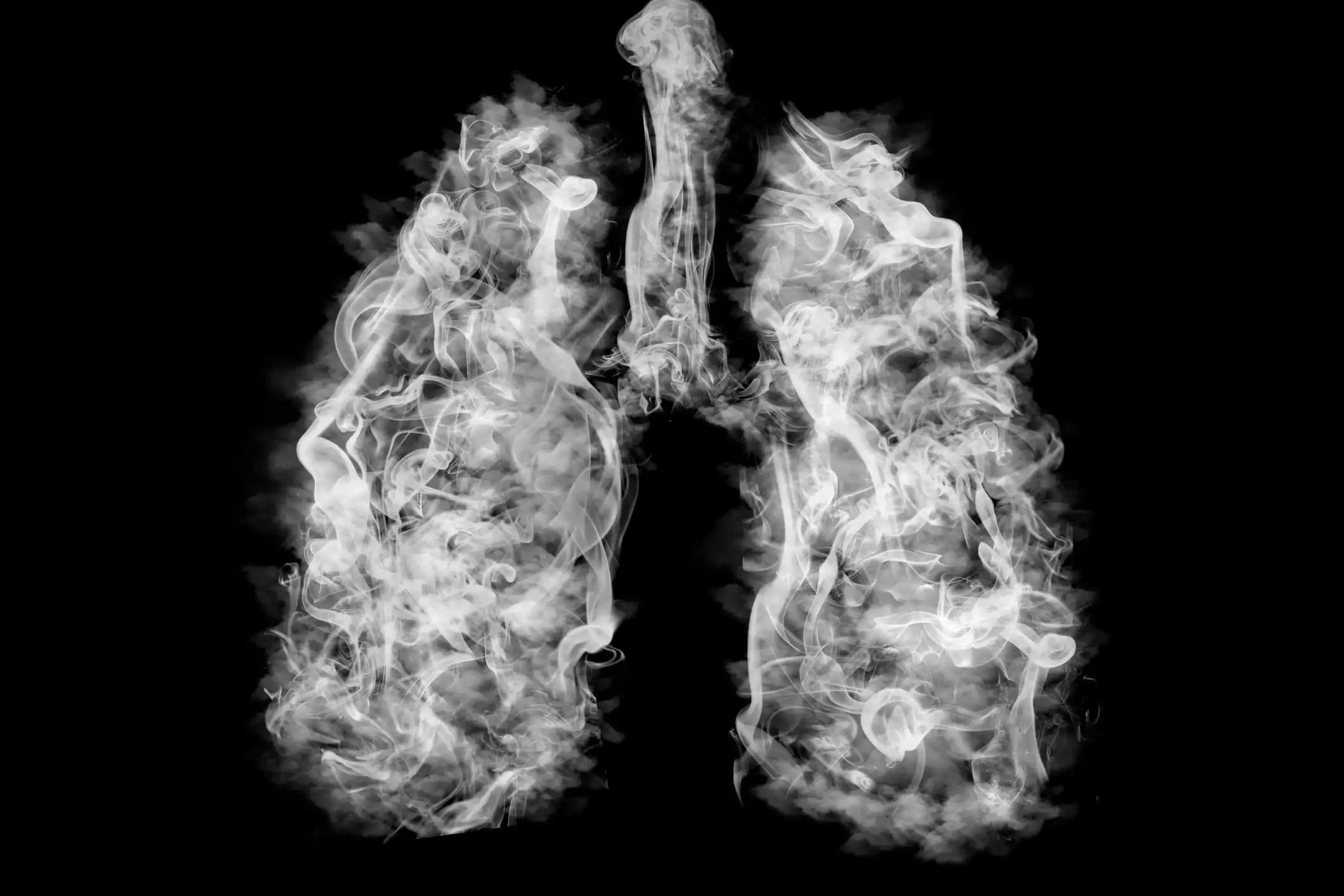KEY TAKEAWAYS
- Two randomized (DUBLIN-3) cancer trials (Phase 2 Study 101 and Phase 3 Study 103) demonstrate the superior benefit of Plin for preventing Doc-induced neutropenia in NSCLC patients compared to control (no-treatment/placebo).
- Plin protects bone marrow stem cells and works like pegfilgrastim but with anti-cancer benefits. It’s given on chemo day with minimal bone pain and a low risk of thrombocytopenia.
- Unscheduled ER/hospital visits with NSCLC patients receiving Doc frequently result from complications due to DIN. Reducing healthcare system “touches” with Plin could minimize patient inconvenience, financial toxicity, healthcare utilization, and iatrogenic COVID-19.
- These studies evaluated ANC as a predefined safety- or secondary- endpoint. Cycle 1 ANC results show that neutropenia was most prevalent in cycle 1.
- Palin demonstrated superior benefit compared to control for Gr4N, Gr3/4N, AllGrN, and DSN.
Among NSCLC patients (pts) undergoing Doc, problems from DIN are a common cause of unplanned ER/hospital visits. Lowering the number of times patients interact with the healthcare system could reduce their inconvenience, financial harm, healthcare usage, and iatrogenic harm. COVID-19. The novel small chemical plan, which protects bone marrow progenitor stem cells, has been shown to be non-inferior to pegfilgrastim in preventing DII (Blayney, JAMA Open 2021). Palin, unlike pegfilgrastim, is administered on the same day as chemotherapy (a single dose every cycle), causes fewer side effects (such as bone pain and thrombopenia), and is effective against cancer (Blayney, JAMA Onc 2020). Patients with NSCLC often utilize Doc 75 mg/m2 with no G-CSF prophylaxis (or “no treatment”).
Here, they provide results from 2 randomized cancer studies, Phase (Ph) 2 Study 101 (NCT00630110) and Ph3 Study 103 (NCT02504489), showing a significant improvement in Overall Survival for the Plin group compared to the control group in preventing DIN in NSCLC (Han et al. ESMO 2022). The absolute neutrophil count (ANC) was measured in these studies since it was considered a secondary objective for participant safety. Patients with NSCLC were given either 75 mg/m2 of Doc with Plin (20 mg/m2 or its equivalent pharmacokinetic exposure) or a placebo. Patients receiving G-CSF prophylaxis as a first line of defense were omitted. All grade (Gr) neutropenia (N), Gr3/4N, Gr4N frequency, and ANC ‘nadir’ were obtained by taking blood samples before the dose and on day 8 (which roughly coincides with the day of ANC nadir for Doc without or with Plin).
Since there is a substantial correlation between ANC nadir and DSN, we used the ANC on day 8 of cycle 1 (the ‘nadir’) to derive DSN. From a separate DIN study with Plin (20 mg/m2 or its equivalent of 40 mg fixed dose) and Doc 75 mg/m2, we extrapolated DSN for Plin+Doc by plugging in ANC nadir into an “ANC Nadir vs. DSN equation”: (DSN=exp (2.82-7.23 x ANC Nadir); r=0.953, p<0.0001) based on actual ANC nadir and actual DSN using serial (Study 105 NCT03102606). To determine DSN for the control group (no treatment/placebo) plus Doc, we used the following “ANC Nadir vs. DSN equation” (DSN=exp (2.92-8.0 x ANC Nadir); r=0.953; p<0.0001), which was derived from the ANC nadir and DSN obtained from published serial ANC-over-time data from cancer patients (including NSCLC) receiving Doc (Quartino; Invest New Drugs 2015).
Plin and control participants in trials 101 and 103 had similar characteristics at baseline. However, it was during cycle 1 that neutropenia was most common. This review compiles data from studies 101 and 103 comparing Plin and control (no treatment/placebo) in NSCLC pts with Doc for cycle 1 ANC. Plin showed a better benefit for Doc-induced neutropenia than control (no treatment/placebo) in two separate randomized investigations (Studies 101 and 103). This was true for Gr4N, Gr3/4N, AllGrN, and DSN. Plin’s ability to prevent neutropenia and allow for same-day dosing in NSCLC pts undergoing Doc is a significant benefit in light of the current global COVID-19 pandemic.
Source: https://ash.confex.com/ash/2022/webprogram/Paper166861.html
Clinical trial: https://clinicaltrials.gov/ct2/show/NCT02504489
Blayney D, Ogenstad S, Legaspis G, Duprez S, Huang L, and Mohanlal R (2022). Prevention of Docetaxel (Doc)-Induced Neutropenia (DIN) with Single Agent Plinabulin (Plin) Versus (vs) Control (No-Treatment or Placebo) in Non-Small Cell Lung Cancer (NSCLC) in Two Randomized Trials. [online] ash.confex.com. Available at: https://ash.confex.com/ash/2022/webprogram/Paper166861.html [Accessed 19 Feb. 2023].



